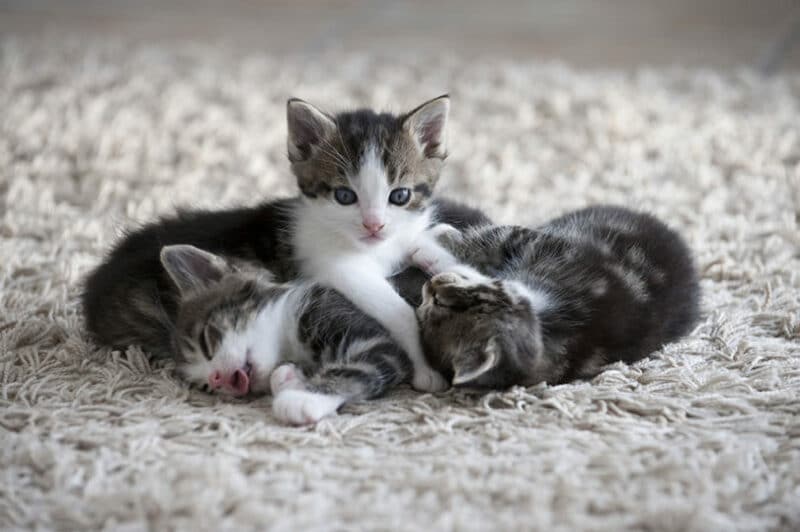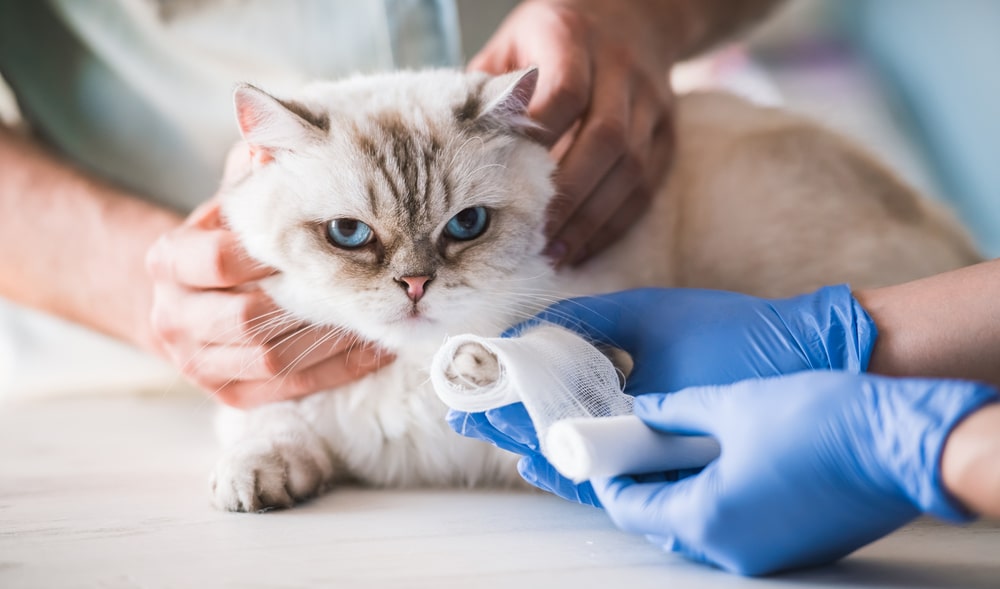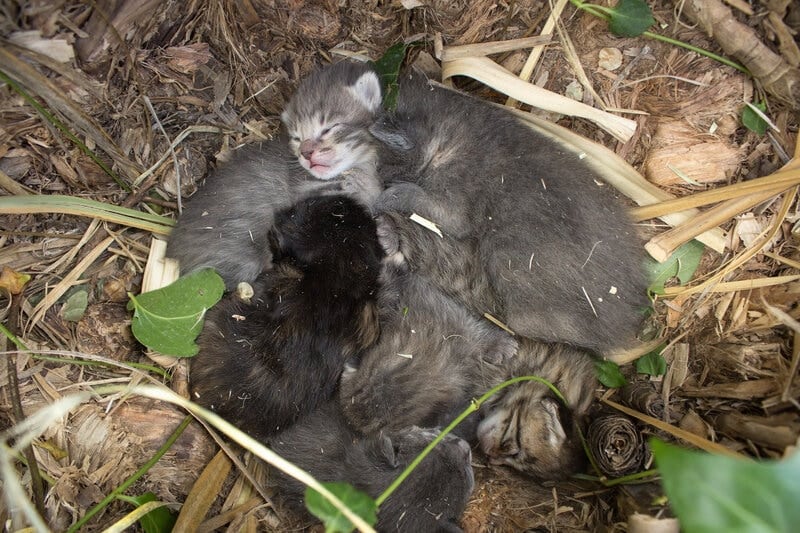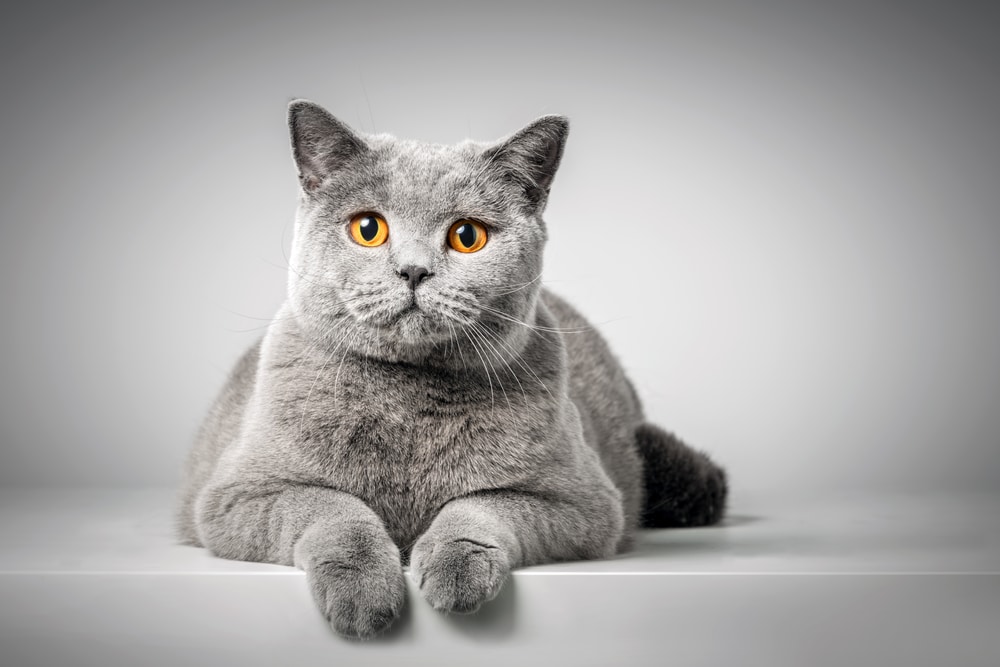Picking up a hairball every morning is hardly anyone’s idea of fun, especially when dealing with the mess that follows. But fear not, keeping those hairballs at bay is easier than you might think! Identifying what causes them is your first step in helping your cat stay comfortable and your home cleaner.
Hairballs are pretty much unavoidable when you own a cat. As cats groom themselves, they swallow a lot of hair. Since they can’t digest hair, it usually moves right through their system. But sometimes, it stays around too long, forming a ball in the stomach. Oddly enough, when they do cough it up, it’s more tube-like than ball-shaped and might even have some food bits stuck to it. Though small hairballs are no big deal for the most part, occasionally, they can grow too large to handle on their own, and that’s when a vet’s help is required.
So how do you stop your cat from swallowing so much fur in the first place? Well, daily grooming is a great starting point. Grab a good brush, like those with firm teeth or pins that dig down to the undercoat, and give your cat a daily once-over. Not only does this cut down on hairballs, but it also means less fluff on your couch and clothes. It’s a must-do for long-haired breeds, in particular, to keep them comfy and not overly furry.
Another tactic is feeding your cat specific foods and treats that help with hairball management. These goodies usually pack more fiber, moving hair through your cat’s system more effectively and preventing those hairy buildups. These snacks often include a mild, safe lubricant to make the journey through your cat’s digestive tract smooth and easy.
Then there are the anti-hairball medications. Easily found as pastes or tablets, these meds offer a bonus by lubricating the hair inside your cat’s stomach and digestive system. The top ingredient, usually laxatone, not only helps hair pass through easier but also gently stimulates your cat’s digestion. They’ll handle smaller amounts of hair rather than struggling with massive hairballs.
Lastly, if your feline tends to overgroom, it’s time to change things up. More playtime acts as a good distraction from all that licking, keeping your cat engaged and reducing constant grooming sessions.
No cat or cat owner wants to deal with hairballs, yet with some simple steps, you can make them a rare occurrence. Recognize early that blocked hair can pose problems, like blocking your cat’s pipes or causing vomiting. If you notice signs of trouble, get in touch with a vet promptly. With a little effort in grooming, feeding, and engaging your kitty, both you and your furry pal can enjoy a cleaner, more comfortable home life.










